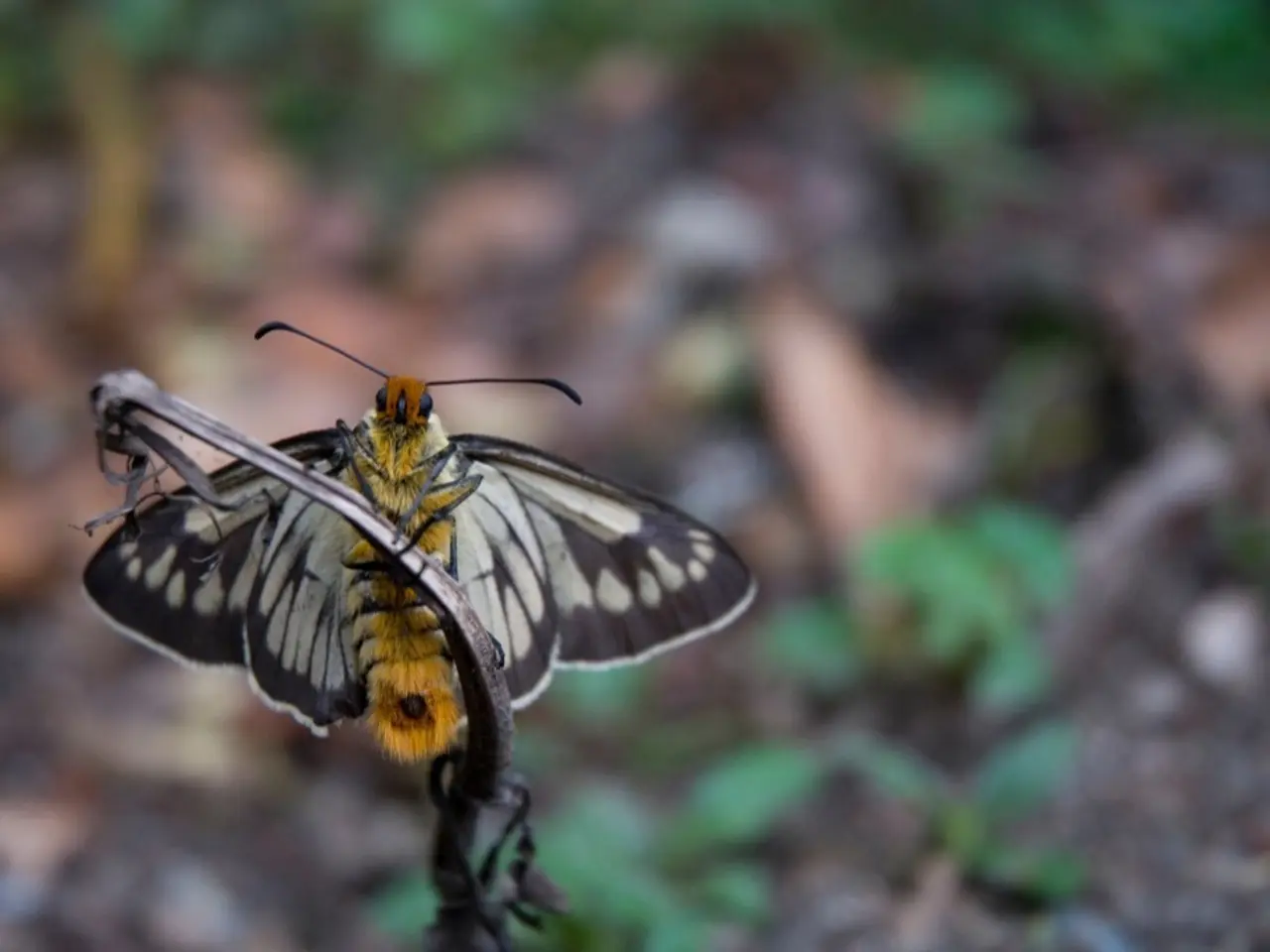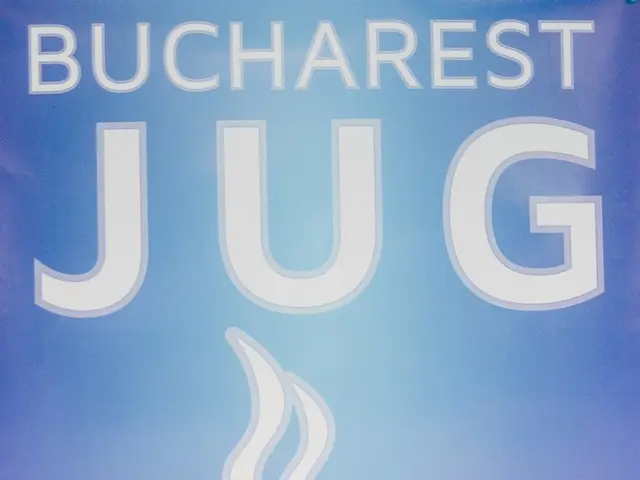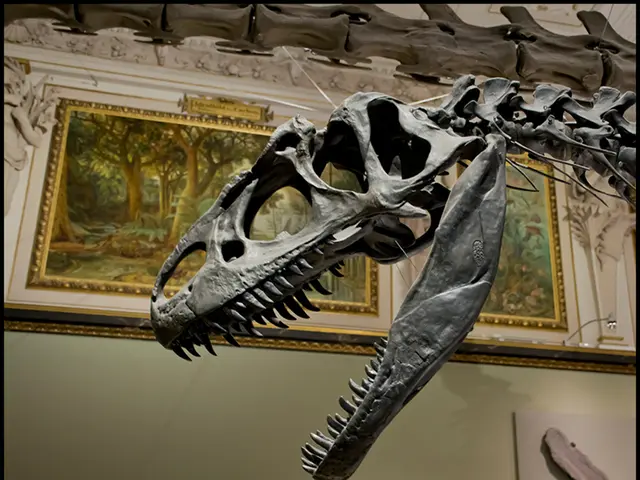Researchers and children collaborating in their endeavors
In the beautiful landscape of New Zealand, a groundbreaking project called Ahi Pepe MothNet is making waves. This initiative, part of the Participatory Science Platform (PSP), is fostering community engagement, enhancing learning outcomes, and strengthening connections with Mātauranga Māori, or Maori knowledge.
Ahi Pepe MothNet is a collaborative effort involving local communities, schools like Te Kura Kaupapa Māori o Ōtepoti, and renowned organizations such as Forest & Bird, Manaaki Whenua - Landcare Research, and Plant & Food Research New Zealand. The project encourages active participation from community members, particularly young people, in monitoring moth populations using digital tools. This hands-on approach cultivates scientific literacy and fosters a sense of environmental stewardship.
The project embraces Mātauranga Māori, recognizing the cultural significance of native species and ecosystems. By integrating traditional Māori knowledge with contemporary science, Ahi Pepe MothNet strengthens the connection between science and indigenous worldviews. This participatory model supports collective learning, contributing to better awareness and informed action on biodiversity conservation.
Dr Barbara Anderson, a scientist involved in the project, has gained a unique Māori perspective through the involvement of students from Te Kura Kaupapa Māori o Ōtepoti. The project's resources, including identification guides in te reo Māori and English, further facilitate this cultural integration.
Ahi Pepe MothNet follows a structured scientific approach, with five steps: a question, a treatment, a control, a response, and replication. The Heath moth trap, used to attract and trap moths for the project, is just one tool in this national experiment. The project aims to find out how New Zealand's native moths are faring, where they are, and how their distributions relate to the natural and changing environment across New Zealand.
The project, initially launched in Dunedin, has now expanded nationwide. It aligns with the New Zealand Government's national strategic plan for Science in Society, A Nation of Curious Minds - He Whenua Hihiri i te Mahara, which emphasizes the importance of engaging communities in locally relevant research projects with quality science and learning outcomes.
Funding for Ahi Pepe MothNet has come from various sources, including Otago Science into Action, part of the PSP pilot in Otago, funded by the Ministry of Business, Innovation and Employment. The project has also received additional support from Manaaki Whenua - Landcare Research, Te Kura Kaupapa Māori o Ōtepoti, Te Rūnanga o Ngāi Tahu, Te Tumu, University of Otago, Department of Geography, University of Otago, Orokonui Ecosanctuary, Otago Museum, and New Zealand's Biological Heritage National Science Challenge.
In summary, Ahi Pepe MothNet is a shining example of how participatory science can be aligned with Māori knowledge traditions. By engaging communities, fostering scientific literacy, and strengthening connections with Mātauranga Māori, the project is igniting a passion for learning amongst children and contributing to a better understanding of New Zealand's biodiversity.
The Ahi Pepe MothNet project, with its focus on community engagement, fosters environmental stewardship and advances education in both science and indigenous knowledge (education-and-self-development). By embracing Mātauranga Māori, the initiative strengthens the connection between modern science and traditional Maori knowledge (environmental-science). This project's use of contemporary scientific approaches in studying New Zealand's native moths is an essential step towards this goal (science).




